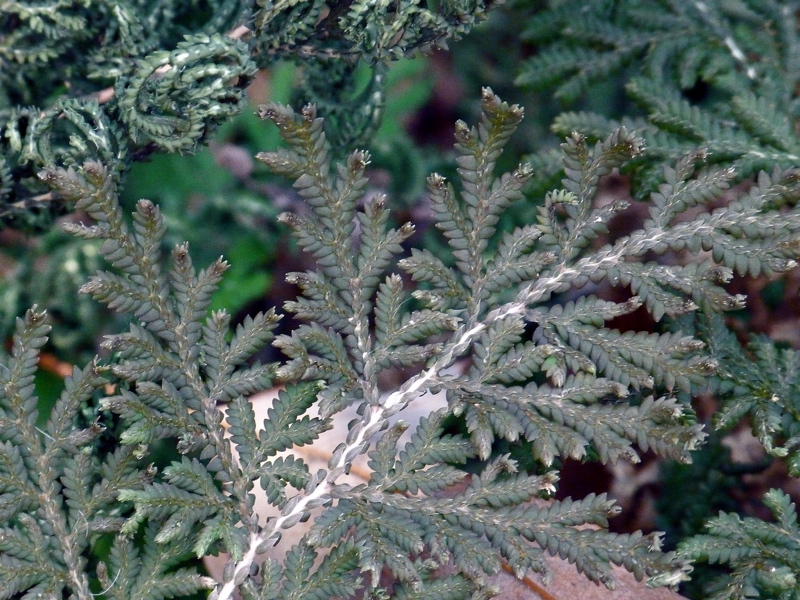I See You, Owl!
 Thursday, January 20, 2011 at 12:55PM
Thursday, January 20, 2011 at 12:55PM "Come here, and get the camera!" Lou called to me the other day.
I hurried into the kitchen to see what was happening. Lou pointed out the window, toward a tree down by the lady garden.
"If you go out the front door and sneak around the corner of the house, I think you can get a picture," Lou said.
I have a new camera, a Panasonic Lumix DMC-FZ40. It's sort of a hybrid, with a built in 24x optical zoom and all sorts of settings I'm just beginning to learn about. I wasn't sure I could get a decent photo. It was late afternoon, the lighting was dim, and my subject was relatively far away, nearly obscured by tree branches. With my old camera it would have been impossible.
I snuck around the house, then held my breath while I pointed the camera and tried to focus.
I was delighted to see a beautiful barred owl staring back at me through the viewfinder.
"I see you, Owl!"
A couple of barred owls have been living near the lady garden for several years. They have distinctive calls and sometimes give out unworldly screeches that can curdle one's blood. They mate for life, and we have enjoyed watching this pair nesting and raising their young. They watch us, too. One of them followed Lou around last summer, flying from tree to tree as Lou walked about the garden. No doubt, baby was near and Papa was keeping a protective eye.
But I've never seen them up close, through the view of a telephoto lens. The owl sat for at least thirty minutes, rotating his head around to make sure I got shots of his good side.
Thank you, Owl, and I'm loving my new camera!


